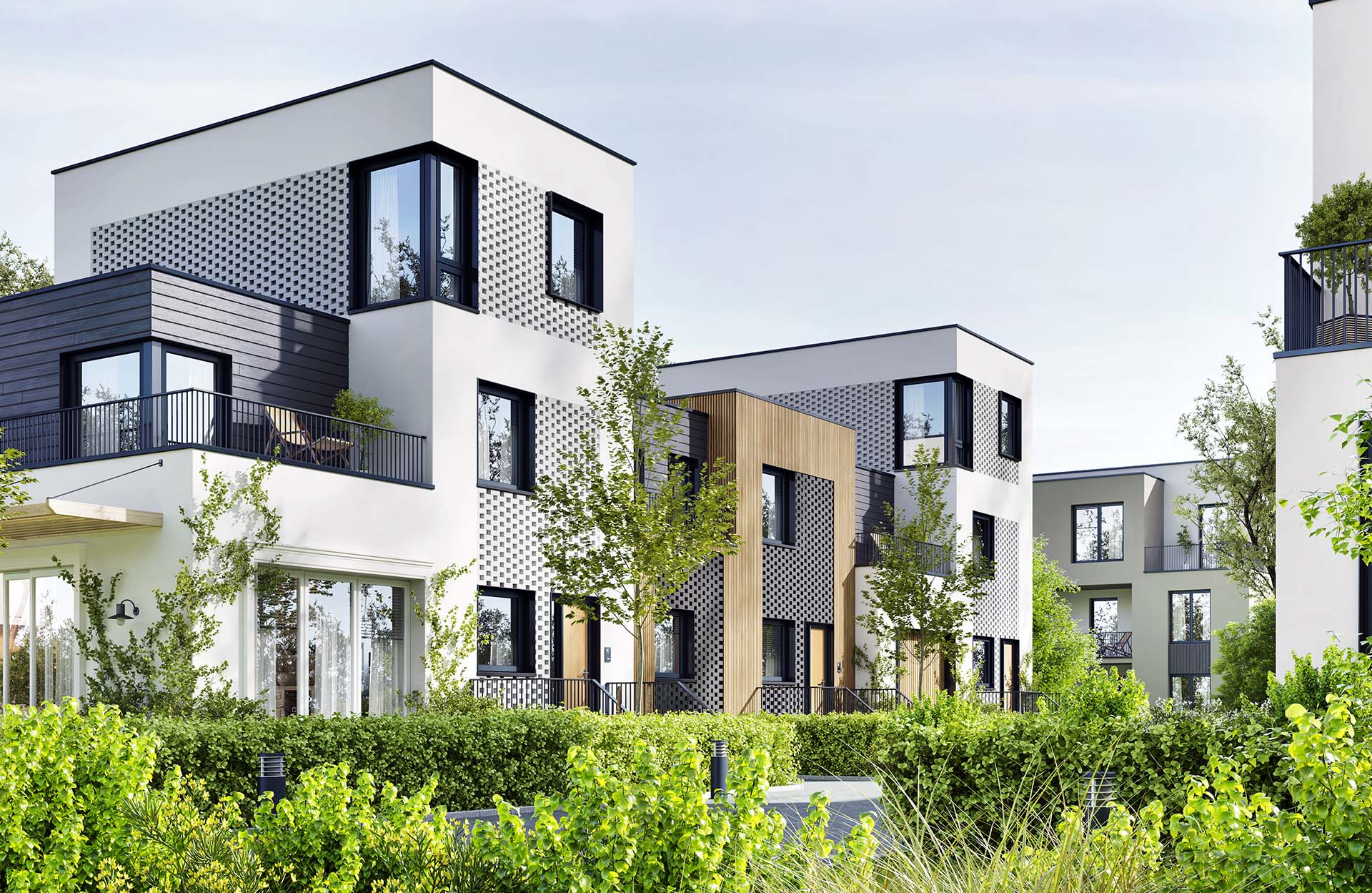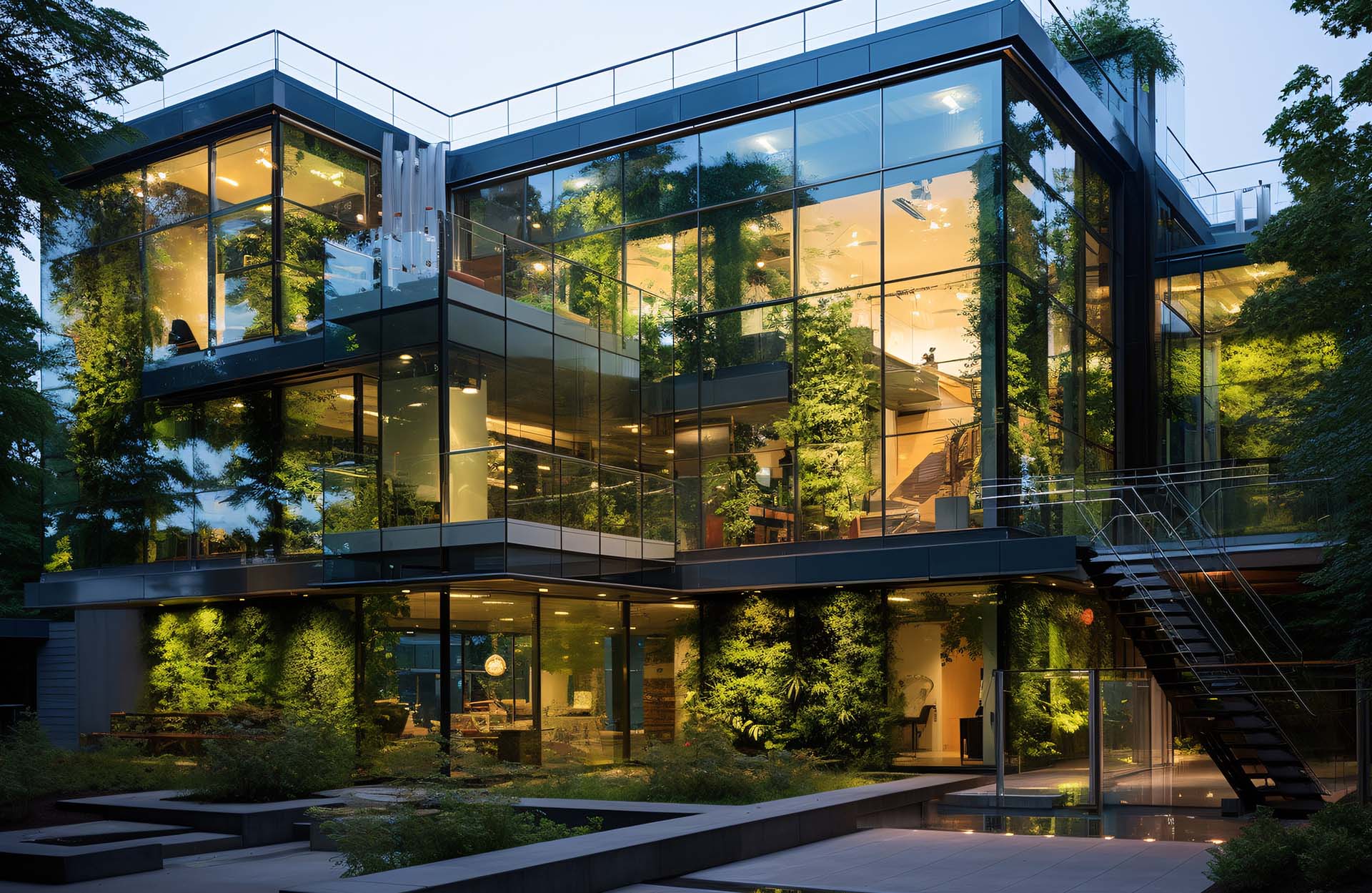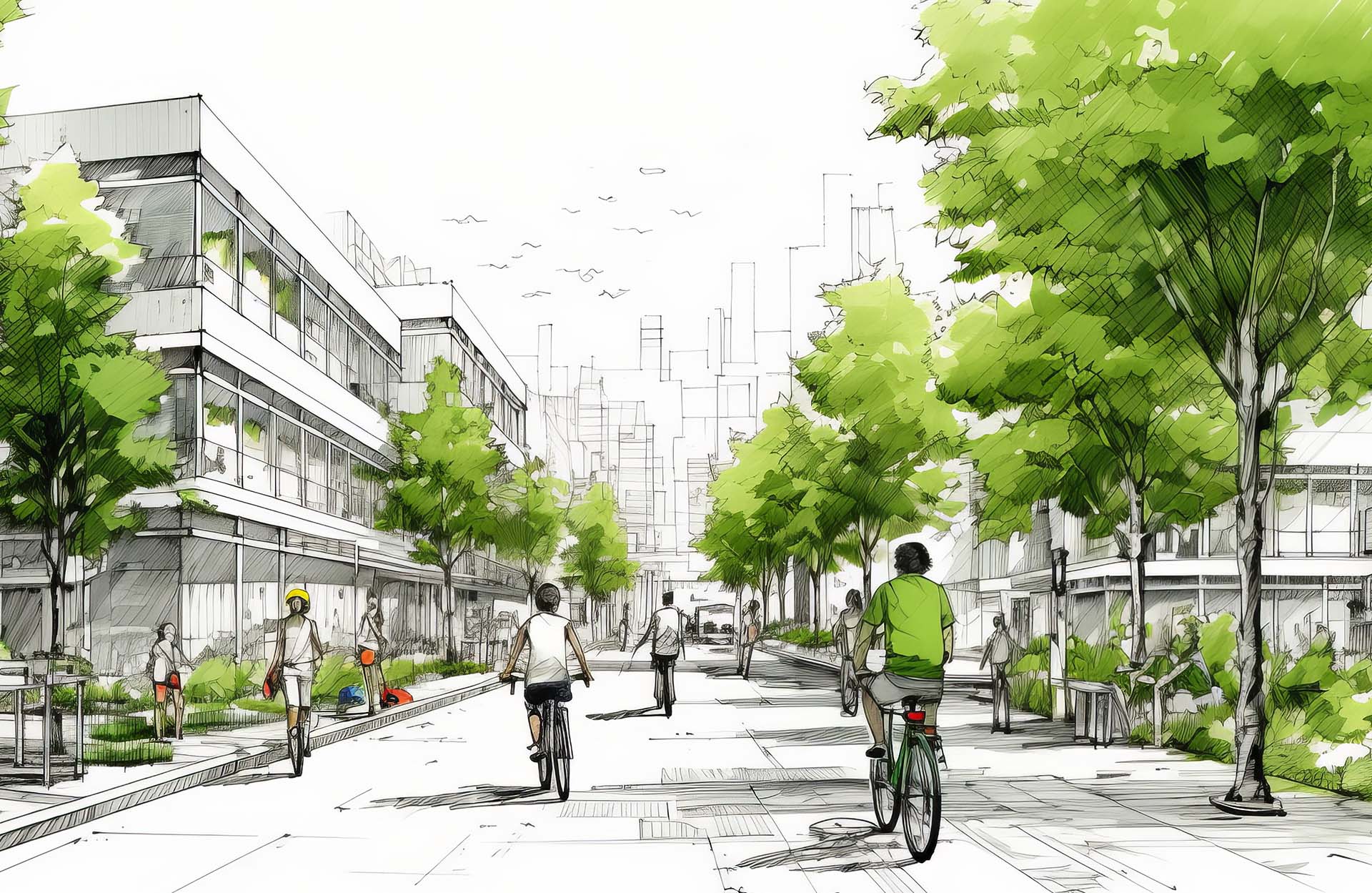Green Star Buildings
Green Star has become a default standard for the design of environmentally sustainable buildings. As it is a voluntary rating system it has been, until recently, confined to CBD buildings being developed with a visionary zeal. As time has passed many tenants have evolved their own environmental standards for buildings they lease and are starting […]
Green Star Buildings Read More »





